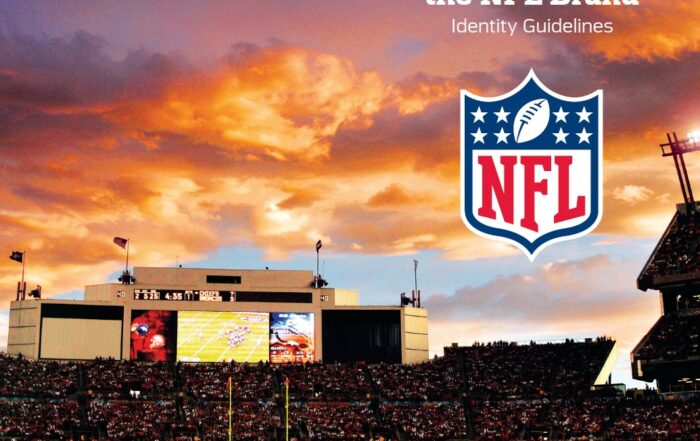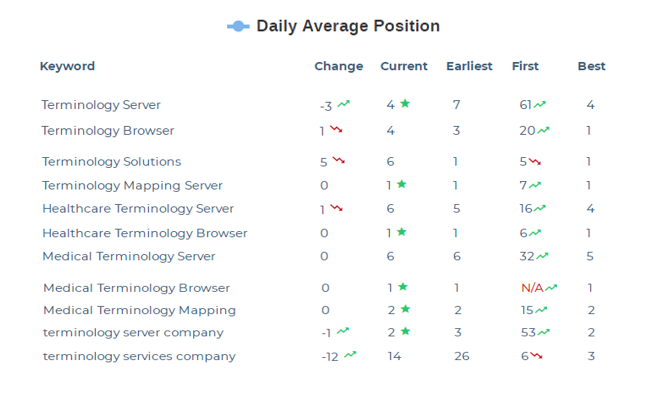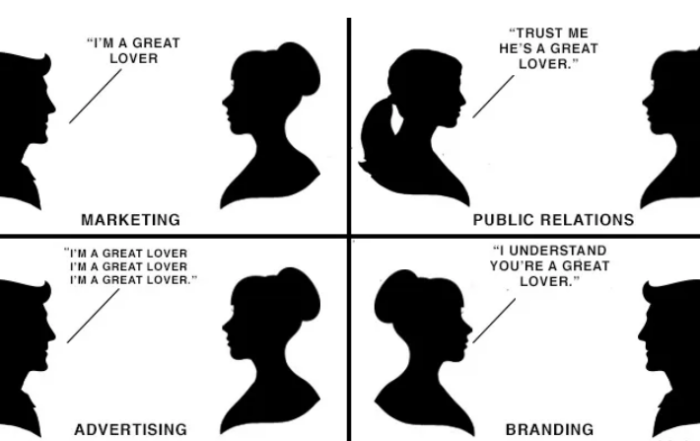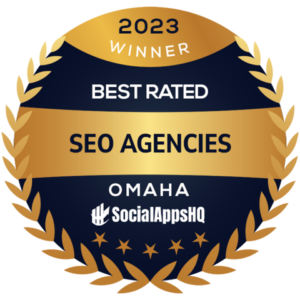
Martinsville Speedway | Ridgeway, VA | 2014 – This picture of a NASCAR fan enjoying his purple drank, and the race, is an example of “content.”
When it comes to digital marketing, you often hear the phrase “Content is King” but you’re only right to wonder why. Especially when there are so many things these days that qualify as being content.
Not to mention the different ways you can craft or position content to optimize your ranking with popular search engines, as well as improve engagement rates. Content can be labeled as text, links, images, audio, animation or videos.
Different Types of Content
There are many different types of content floating around the internet. Some are more effective for improving your ranking with Google and other popular search engines. Some types of content are better suited for connecting with potential new and existing loyal customers.
Informative Articles & Pillar Posts
Informative articles are typically “Evergreen” in that their information never loses value. These articles don’t chase news cycles or try to jump on the opportunity to let you know about an upcoming event. These are the “Water is Wet” and “Fire is Hot” basic forms of content that remain in place in your website’s content library for years to come.
Informative articles can be used to both improve your organic ranking on popular search engines as well as giving your website an air of authority. When you post up a high-quality article, it shows search engines that you are actively reaching out to help your users. At the same time, it gives your site visitors the information they need to know to make better decisions about your products and services.
Response Posts
Response posts come in the form of asking and then answering a popular question. Most are evergreen, and the best response posts are crafted with the main question and a short answer in the introduction. This increases your chances of a search engine algorithm selecting your answer for a featured snippet on related organic searches.
The introduction to a response post then includes some kind of teaser demonstrating intent and letting the reader know that there’s even more importantly relevant information. They’ll be rewarded with it if they read on.
Just like informative articles and pillar posts, response posts help with your search ranking as well as user engagement. Especially if you craft your response post well enough to be deserving of a snippet!
Blogs
Blogging has evolved in recent years to become an engaging form of content for businesses and influencers who want to deliver their opinion to the world. Blogs also can be used to answer questions and deliver information like pillar and response posts. Though they often have a more personal feel to them.
Blogs offer up a little more freedom of opinion than other forms of content. While some are evergreen, a fair number of blogs are thematic or attenuated to short-term events and promotions. This helps boost user engagement.
Guest bloggers and backlinks to industry influencers also help your content library demonstrate authority. This can be a major boon to users as well as popular search engine algorithms like Google.
The other great thing about blogs is that they demonstrate activity and a passion for helping your site users. When carefully crafted a blog might show up as a snippet and/or can even help boost your ranking.
Videos
If video can kill the radio star, then chances are good it’s also effective enough to take your website’s content library to the next level. It’s long been said that humans are visual creatures and video is one of the most powerful vehicles for engaging people.
Though this is also a double-edged sword. While high-quality video content can boost customer engagement as well as enhance your organic rankings, low-quality video can also sink your digital marketing ship.
Users and search engines expect video to have a reasonably high production value. Some random video taken with your phone is likely to cause more harm than good. So, if you’re going to embrace the power of video content, be sure that you can handle the production quality demands.
Images & Graphics
Yes, images and graphics are also “content.” Page content refers to all the information contained in a website. Page content can be displayed as text, links, images, audio, animation or videos among other things. Search engines have a limited ability to recognize images, animation, video and audio. Which makes what you name an image or graphic file important. And if you are savvy enough to optimize each image for search by making the image/graphic file as small as possible.
Social Media Content
Social media content tends to be the opposite of evergreen pillar posts. These are time-sensitive pieces of content, hot takes, promotional info, event information, and entertainment pieces that people love to share to their own feeds.
Social media content can also help demonstrate activity for your company and can even be used to source strong leads and email marketing contact through signups. When carefully crafted and rewarding the user with entertainment value to some degree social media content becomes a powerful engagement vehicle that can lead to sales.
The Benefits of Content Creation
In the 21st-century landscape of digital marketing, some companies actively choose not to spend time and resources on content creation. Though in doing so they often find their other digital marketing efforts falling short of projected goals.
The same also holds true for companies that put minimal effort toward creating quality content. In many of these examples the content is scraped from another source, and veritably copied and pasted or even generated by a low-brow AI bot.
Modern sophisticated search engine algorithms pick up on these low-quality content sources and penalize the company by drastically lowering its ranking in organic searches.
Ultimately it’s the companies who invest in creating engaging, exciting content, that are rewarded with strong ranking in organic search results.
How Is Content Created?
Content can be generated internally, such as from an in-house knowledgeable employee or contracted expert. It can also be generated externally via a digital marketing firm with authority and industry connections. Some of the best content is generated by industry influencers who have been vetted and established themselves as authority figures in their field.
What Does Content Do For Your Business?
High-quality content creation on engaging topics allows you to project your company or yourself as an expert in the field. This can help in many different facets of business both online and in sales.
Develops Brand Trust
This is especially beneficial if the content is helpful or insightful with at least a modestly unbiased angle. This helps customers to feel inclined to trust you, based on all the wisdom you have shared.
With time and consistency, high-quality content generation can lead to customers branding you as an expert in your field. It reflects on your body of work and makes an undeniable statement that your views are worthy of belief.
Establishes an Evergreen Content Library
Evergreen content stays with you for years after the final keystroke. With every article, pillar post, and blog you add to your existing library of content. After a period of time, this can add up and help enhance your company’s brand image as an industry authority.
Leads to Strategic SEO Success
Content creation is at the core of any effective SEO strategy. By carefully crafting content with the right keywords in the right places you enhance your web optimization and visibility for popular search engines like Google.
Not only does this improve your organic rankings, but it also gives you better response rates for landing pages and test pages. This gives you more high-quality leads for other digital marketing efforts and email marketing campaigns.









